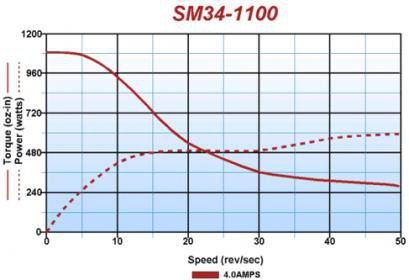Question --- In a screw thread some backlash has to be present. Zero backlash on a screw thread equals zero movement. Is this the same with a ballscrew. I see many advertized as "Zero Backlash". Is it really "zero"
"Billy G" :thinking:
There is a trick to this, and it depends on how the anti-backlash scheme is implemented. Also, it is "Zero backlash for certain values of zero".
First off, there are 3 common ways for implementing anti backlash on a ballscrew
1) Oversized balls
This involves loading the ball nut with balls that are slightly too large. The nut is forced to expand outward (and the screw slightly inward) because as always, somethings gotta give. This creates a load against all 4 contact points (2 on the nut, 2 on the screw) for each ball. This is the cheapest solution, and works really well, but is not adjustable for wear
2) Double nut, sprung
This is probably the second most common method. It involves 2 ball nuts, and a spring loaded spacer. The spacer forces the nuts apart, forcing one nut against the right side of the screw threads, and one nut against the left side of the screw threads. This can be used with lower quality screws because the spring loaded spacer allows for compliance when faced with inaccuracies in the screw pitch. It also adjusts for wear. The main trick here is that the load on your nut cannot exceed the spring load of the spacer.
3) Double nut, rigid
This involves using two ball-nuts, separated by an adjustable spacer. The spacer is adjusted to remove all play. Basically, one nut is pressing on the left side of the screw threads, and the other is pressing on the right side of the screw threads. This is the best, and most expensive solution, but requires a very accurate ($$$$) screw because variations in the screw pitch will cause variations in load on the rigidly mounted nuts. This type is adjustable for wear.
So, remember I said "for various values of zero"? Most assemblies that I have seen (that actually listed this value) show real backlash on the order of one tenth. I think we can all agree, that is pretty good, but not "zero". With a precision ground screw and a double nut, rigid mount, you could no doubt do better, but that arrangement would likely cost more than all the equipment in my shop currently..
The other thing to realize is that ballscrews and nuts, being made out of real, actual STUFF, behave like really stiff springs. If you push on them hard enough, they will move. The more the load, the more the stretch. you never get rid of it all, but you can minimize it by going to larger screws.
The other thing to realize is that these special nuts only work to a certain load, after you have defeated your pre-load (in the case of the overside ball, and double-nut arrangement), you are back in backlash country.
To address Bill Gruby's concern regarding too much force on the screw when eliminating backlash, realize that these are not sliding members. Just like setting a pre-load on a bearing (think wheel hubs), you _are_ going to increase the force required to move the bearing proportional to the pre-load, but the force required to turn a rolling element assembly is so low to begin with that the resultant force is still _really_ low.
This brings up the issue of "self" feeding. It turns out that the friction on ballscrews is so low that when you remove power from the motors, and nothing is holding them, the force of gravity can be enough to move them (think z axis). sometimes people add brakes to stop this when power is removed.


